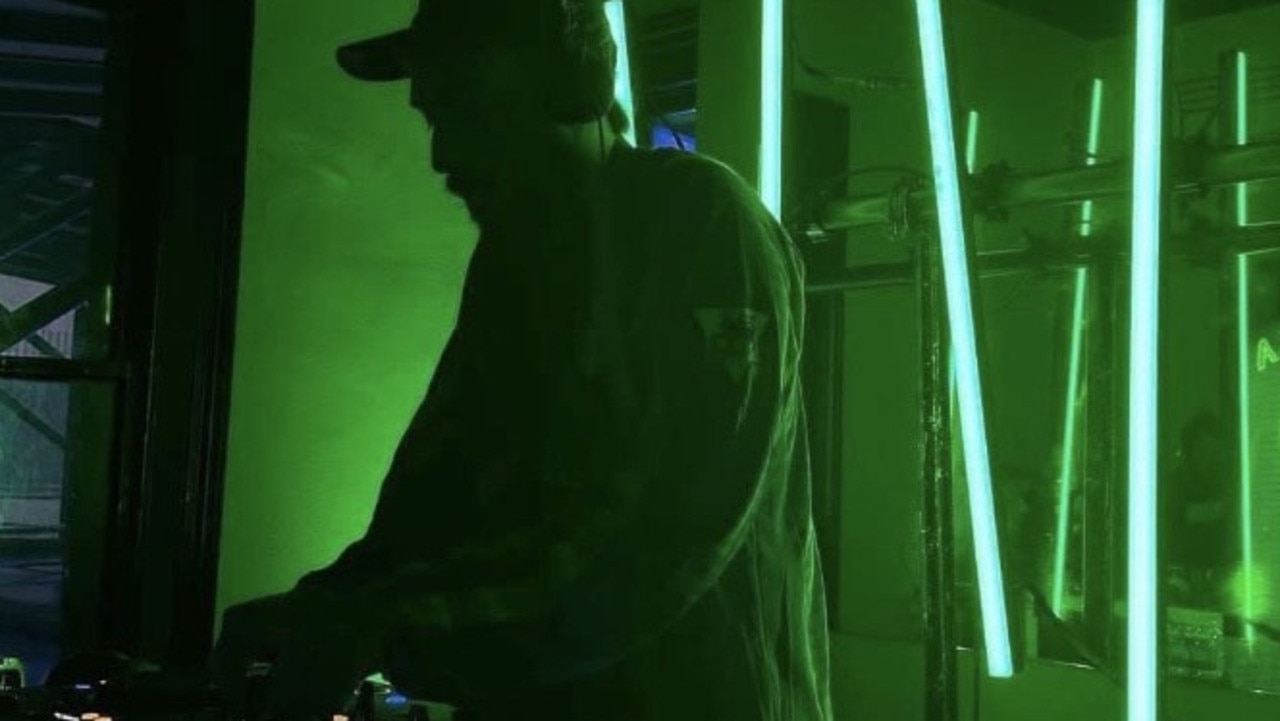More foreign doctors coming to Australia as medical students chase higher-paid specialties
The number of full-time foreign trained GPs now exceeds those trained here, as Australian medical graduates go for higher-paid specialties. SEE IF YOU’RE BEING OVERCHARGED.

Health
Don't miss out on the headlines from Health. Followed categories will be added to My News.
Exclusive: The number of full-time overseas trained GPs now exceeds those trained here as Australian medical graduates shun primary practice for higher-paid specialties.
Government data reveals in 2017-18 there were 12,950 full time equivalent GPs working in Australia who were trained overseas compared to 12,199 full time equivalent doctors who were trained here.
Doctors groups said our need for foreign doctors highlights a growing crisis in the GP industry and that we should get used to it because the shortage of Australian-trained doctors is only getting worse.
“Many GPs are in their 50s and will be retiring in the next 10-15 years and there is a feminisation of the workforce which means more part-time doctors,” said Royal Australian College of General Practitioners president Dr Harry Nespolon.
“There are more doctors available but the hours they work is smaller and this means the capacity of GPs is relatively speaking getting worse.
“The college believes strongly we should be training our own doctors not importing them from the third world.”
Even though the total number of domestic medical school graduates has more than doubled from 1320 in 2005 to 3055 in 2015 we are still importing 2000 foreign trained doctors a year and almost half of them are GPs.

Overseas-trained GPs from the UK, Ireland, India, China, South Africa and the Philippines are the backbone of our rural medical workforce and now provide more services to patients than Australian trained doctors (79,071 compared to 72,486).
They are also earning more from Medicare ($3.959 billion a year compared to $3.709 billion a year).
“Foreign doctors are doing a fantastic job but you have to question whether it is appropriate for a first-world country like Australia to be taking doctors from third world countries and banging them in the middle of Australia,” Dr Nespolon said.
“Ethically speaking these foreign countries need these doctors more than we do,” Australian Medical Association president Dr Tony Bartone said.
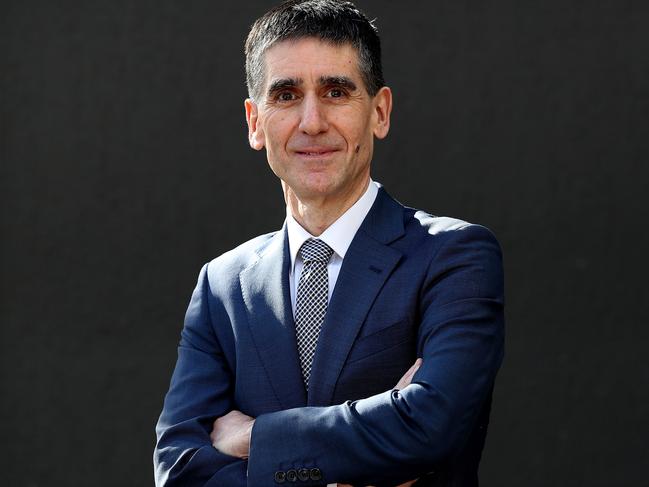
Our reliance on foreign trained doctors underlines how general practice is now so unattractive training bodies have been unable to fill 400 of the 1500 GP training places for 2019.
With 10-12 years of training required to qualify as a doctor it is far more lucrative to become a specialist. Australian Taxation Office data shows male general practitioners in Australia earn around $184,639 per year, female GPs earn $129,834 while brain surgeons earn more than twice as much — over $577,000 for men and $323,682 for women.

Medical specialists make up four of the top 10 highest earning jobs in Australia and a 2007 study found Australian medical specialists earned more than doctors in any other nation — 7.6 times the average national income, higher than the US (5.7) Canada (5.1) and the United Kingdom (4.9).
Australian GPs earn just 2.8 times the national income.
And a four year freeze on Medicare rebates saw the income GPs earn from Medicare go backwards last year.
Plumbers, physiotherapists and dentists all earn more than many GPs in an hour.
The number of specialists (30,518) now exceeds the number of general practitioners (28,352).
Money aside, the AMA said conditions for doctors working in the bush were taxing and unappealing.
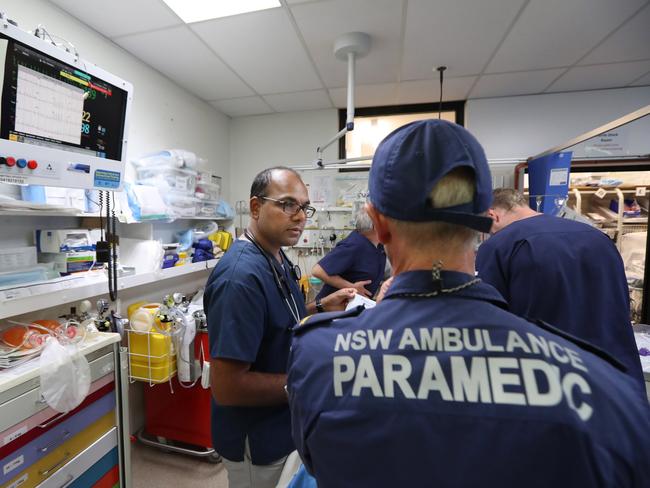
“When you’ve got a scarce workforce you don’t have the luxury of flexible rosters or working part-time, there are long hours and not many opportunities for their families,” Dr Bartone said
In a further sign the GP industry is under pressure large corporate medical practices are struggling to make a profit. Corporate medical behemoth Healius which partners with 1500 GP’s recorded a 30 per cent drop in returns over the last five year and is currently subject to a take over bid, Healthscope sold its medical practices at a loss last year.
Dr Nespolon said the United Kingdom was now short 10,000 doctors and was paying bonuses to attract British-trained doctors in Australian back home.
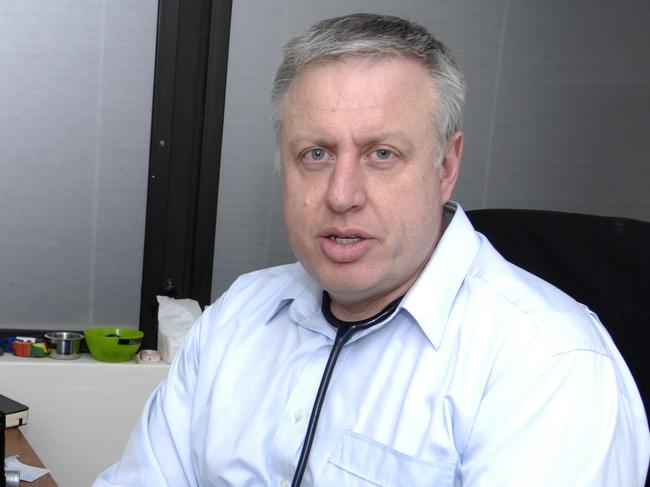
He said it was ridiculous that hundreds of foreign students who went to medical school in Australia were being sent home because they can’t secure a hospital internship to complete their training and determine which specialty they want to pursue.
The RACGP said part of the solution was to reintroduce the system that allows medical graduates to do their internship in general practice rather than in a hospital.
“If you don’t spend more money on GPs you won’t get people opting to do it,” Dr Tony Bartone said.
President of Rural Doctors NSW Cooma GP Dr Andrew Eagan has been employing foreign doctors for 30 years.
“They are very good and the rural health system would have completely fallen over without them,” he said.
“They work in the hospital, they work in the emergency department, they basically hold the system together.”
The Rural Doctors Association of Australia is pushing for a rural generalist pathway to provide a much broader system of training general practitioners for bush practice.

I’M FROM INDIA, BUT I WANT TO WORK IN THE BUSH
Indian trained Dr Sateesh Kovurri who was manning the busy Emergency Department at Cooma Hospital this week is a crucial part of the medical system in the small country town in southern NSW.
After moving to Australia in 2006 the 41 year old father of two worked in hospitals in Adelaide, Alice Springs and Canberra before starting his training as a general practitioner in Cooma and working at the hospital.
Even though he has satisfied his obligation to spend 10 years working in rural areas or districts of workforce shortage he said he is still happy to go on working in the bush.
“I want to expose myself to rural practice,” he told News Corp.
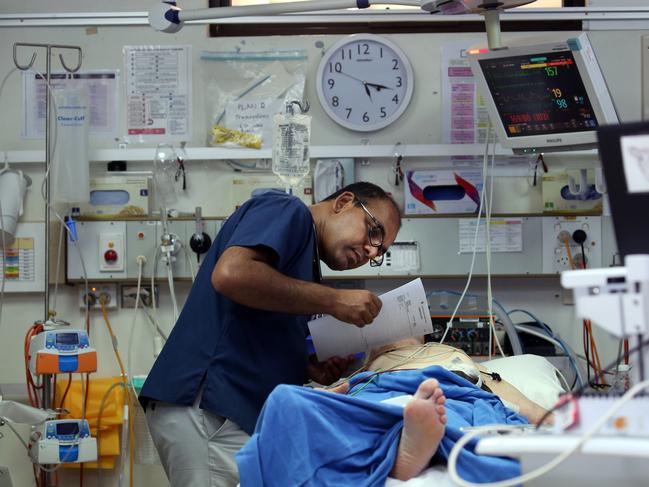
Dr Kovurri’s wife Anitha also trained in India and she now works as a GP in Canberra.
“I think overseas trained doctors are very important especially in rural areas,” he said.
While he has thought about returning to India to work Dr Kovurri says his children aged 9 and 5 wouldn’t want to move.
The basic university medical training in India and Australia is the same, he said.
“When you graduate your practical knowledge is zero, you do all your learning about how to manage real people at an intern level,” he said.
Dr Andrew Eagan, who supervises Dr Kovurri, said his practice had relied on overseas trained doctors for 15 years.
“Without them this town would have been 2-3 doctors down at any period of time,” he said.
“These doctors are very good and the rural health system in Australia would have completely fallen over without them.”
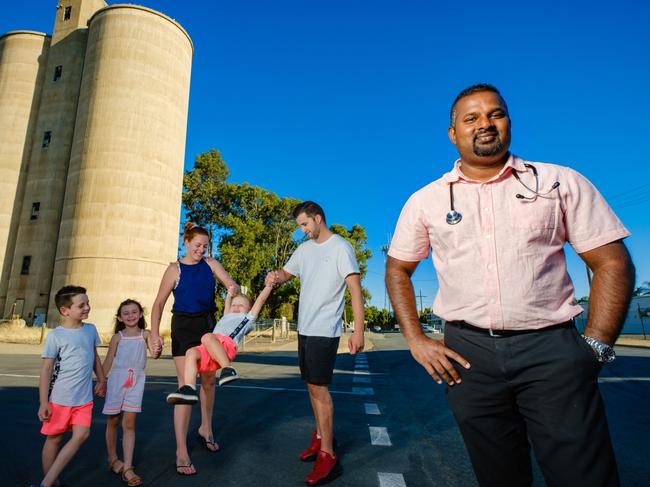
‘MY PLAN IS TO STAY AND WORK HERE’
Sri Lanka-born doctor Don Yapa has worked in Cobram, north of Shepparton, for more than three years and is happily settled in rural Victoria.
The 40-year-old GP, who lives with his family in Shepparton, said he had no plans to move to a major city.
“I’m the owner of this practice and there are two other doctors working here with me, I work for the local hospital as well, I have a stable patient base and they’re very loyal,” he said.
“My plan is to stay and work here for a few years, the only reason I live in Shepparton is for the schools.”
Dr Yapa, who chose to work rurally because he wanted to combine general practice with emergency care, said the majority of country GPs he worked with were born overseas.
“About 95 per cent of the doctors here are from overseas,” he said.
Dr Yapa said the biggest issue for rural GPs was the lack of allied health resources available.
— Jack Boronovskis
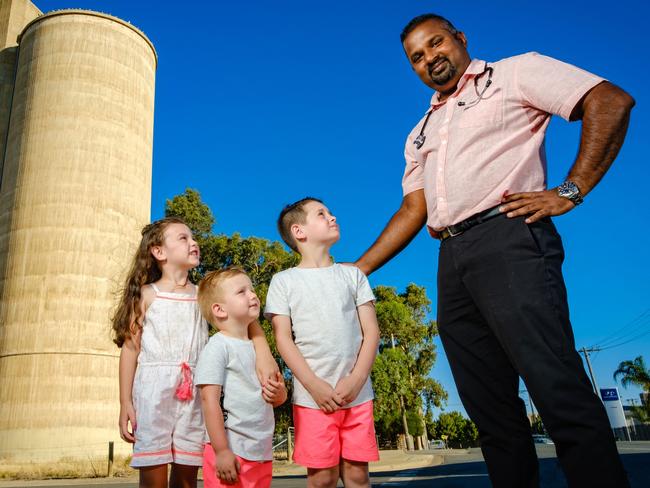
GPs VS SPECIALISTS: WHAT THEY EARN
Specialists earn more than GPs and according to the Australian Taxation Office the medical specialists make up the top 12 highest earning categories.
GP earnings v specialists (male)
General Practitioner $184,639
SPECIALISTS
Neurosurgeon $577,674
Ophthalmologist $552,947
Cardiologist $453,253
Plastic and reconstructive surgeon $448,530
Gynaecologist; Obstetrician $446,507
Otorhinolaryngologist $445,939
Orthopaedic surgeon $439,629
Urologist $433,792
Vascular surgeon $417,524
Gastroenterologist $415,192
Diagnostic and interventional radiologist $386,003
Dermatologist $383,880
FIND OUT HOW MUCH YOUR BEING OVERCHARGED
Originally published as More foreign doctors coming to Australia as medical students chase higher-paid specialties


